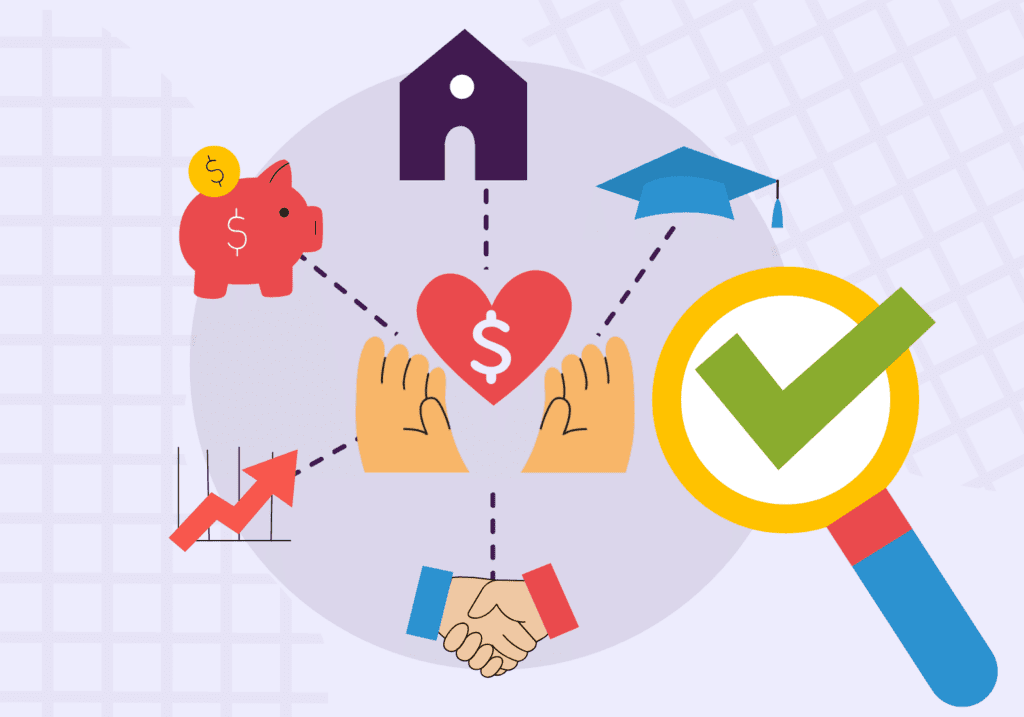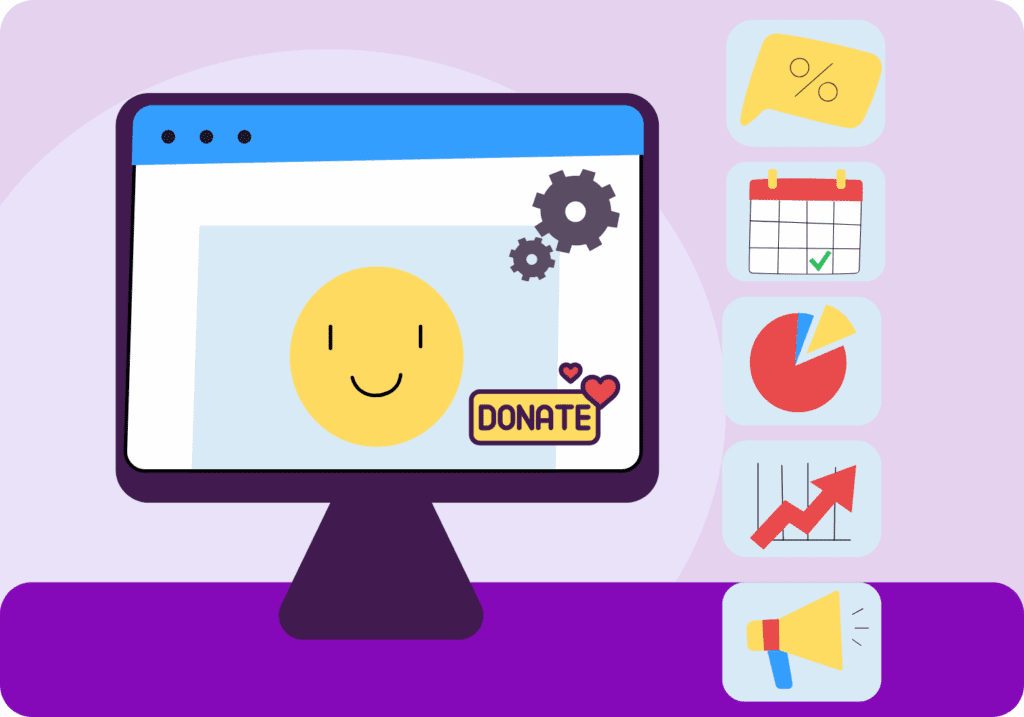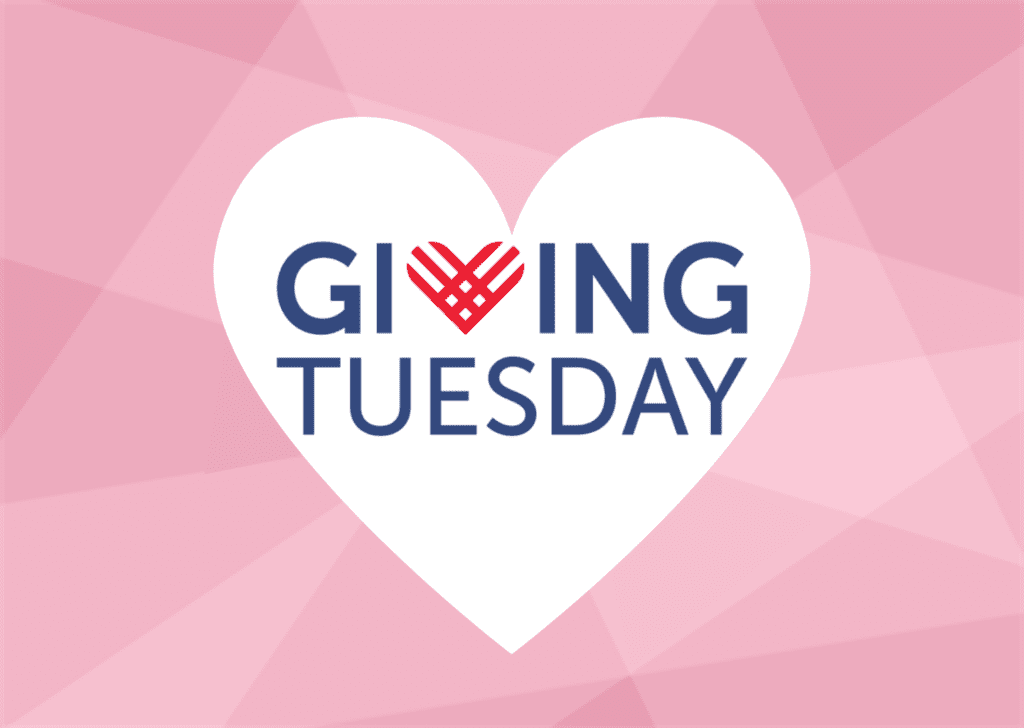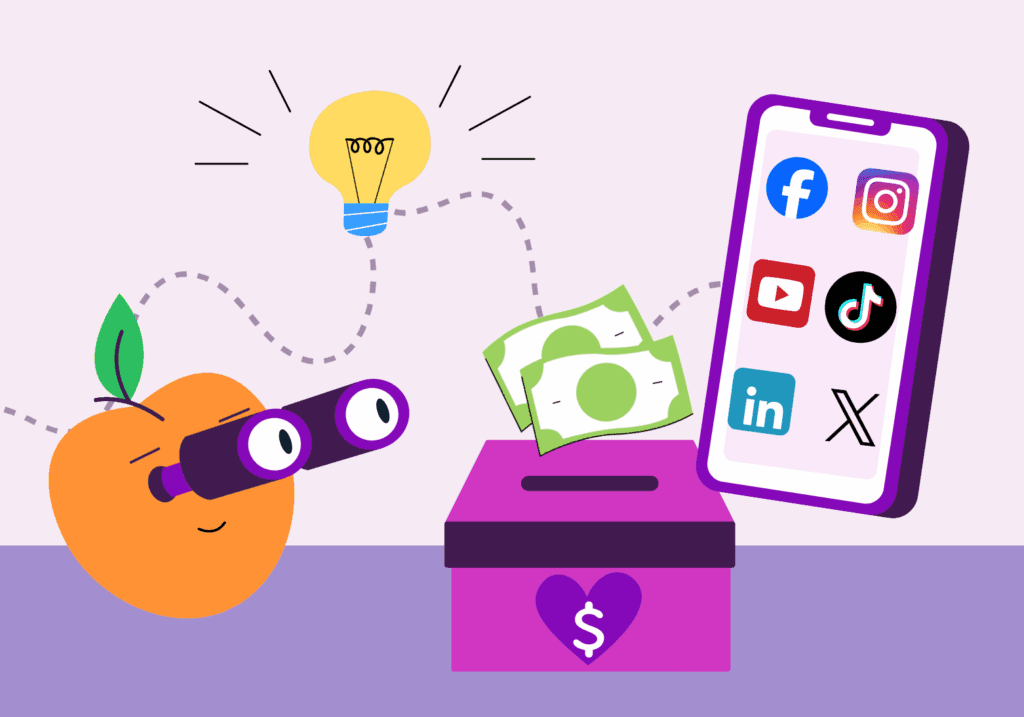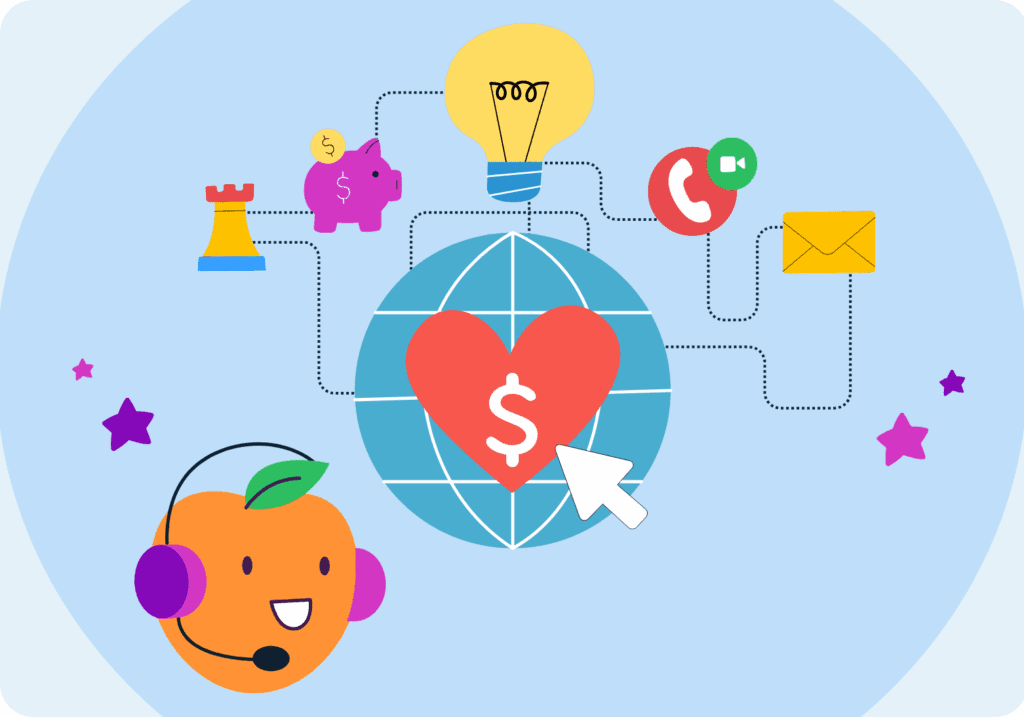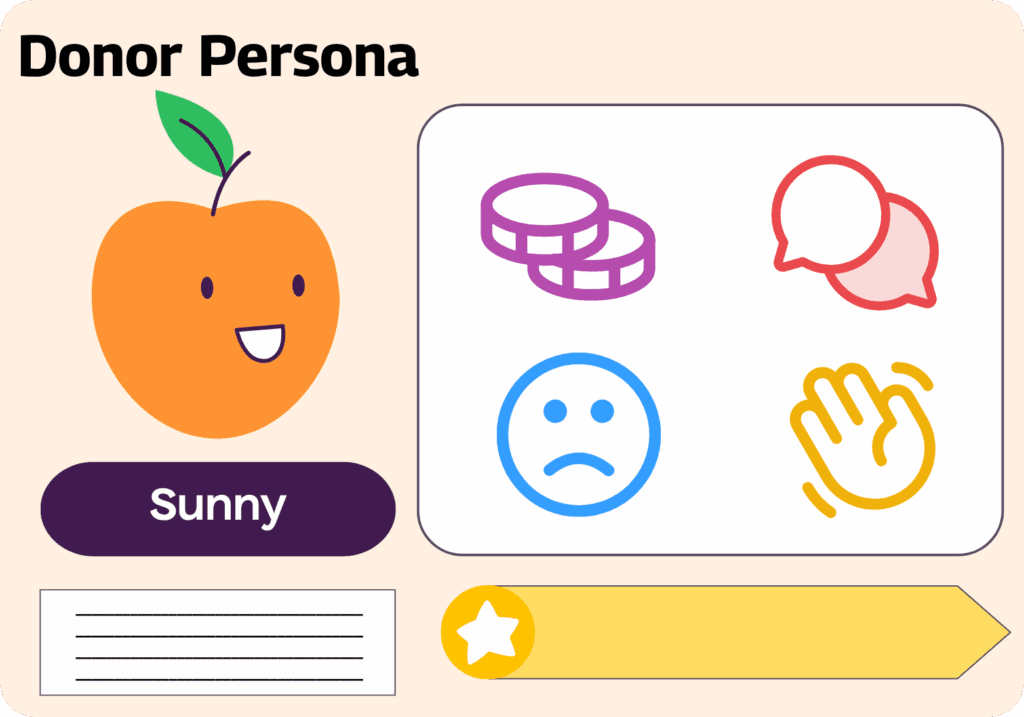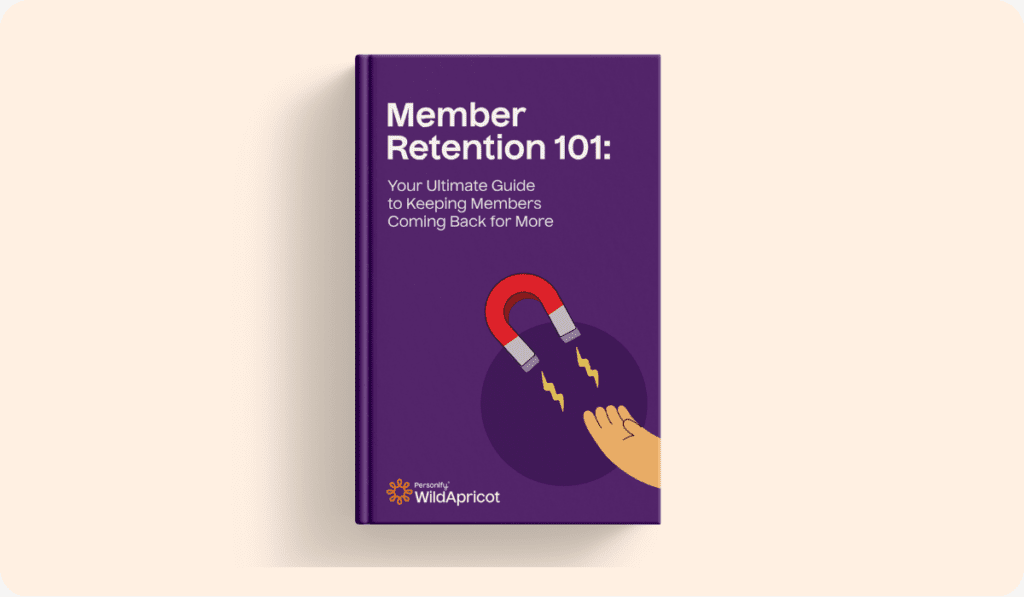Donor wealth screening might not sound like the most fascinating subject, but it’s worth its weight in figurative gold when raising money for your nonprofit. If you want to get the most bang for your buck vis-à-vis e-mail newsletters, fundraisers, personal outreach and everything else, it pays to know who the high-value donors are, and that’s where wealth screening comes in.
Just as it doesn’t sound super scintillating, donor wealth screening may not sound very intuitive, either. The good news is that this is an algorithmic process you can easily set up on your end and then lean heavily on for the rest of your days. With a good screening process in place, you have a better chance of meeting your fundraising goals and forging meaningful relationships with your donors.
Then come the questions: How does it work? What is wealth screening and why should you care? How do you get started?
In this post, we will answer those questions and give you a road map to hit the ground running.
What is Donor Wealth Screening
At its simplest, donor wealth screening is a type of prospect identification that helps you target which individuals have the greatest chance of making a big impact on your nonprofit.
The truth is that everyone wants to make a difference. However, many of your donors already give as much as they can afford. Even if they believe in your cause — be it educational, health-motivated or environmental — they may not be able to increase their giving this year … or any year.
Other donors, though, do have the potential to make an increase. You won’t know who they are if you don’t use a wealth screening process, which looks for basic indicators of financial capability to make significant contributions. These indicators include:
- Income level
- Donations to your organization or other organizations
- Property ownership
- Stock ownership
- Education level
- Business affiliations
- Address
… and many others. By inputting donor information into a piece of software and setting parameters that look for the above indicators, you can find the people most likely to give major gifts.
Not only does this have the potential to increase your fundraising overall, but it also improves your donor relationships. You’re no longer hitting people up who simply don’t have the ability to contribute — or as often.
There are a few other indicators to look for beyond the financial metrics.
Philanthropic Indicators
Your wealth screening process should also search for philanthropic indicators. You’re looking for evidence that the potential donor has nonprofit values, usually flagged as previous donations or involvement with philanthropy.
Affinity Indicators
Even if your prospect can donate, will they? And will they donate to you specifically? That’s why donor wealth screening also searches for affinity indicators, highlighting a prospect’s interest in your specific cause, not just philanthropy.
It goes without saying that someone who has a previous commitment to your mission will be more likely to donate today. Specific indicators could be business or nonprofit affiliations, money given to your nonprofit or a like-minded one, or social media engagement within your field.
Capacity Indicators
Capacity indicators are the ones most related to the financial factors discussed above. Once you determine that someone wants to contribute to a mission like yours, the only question that remains is whether they have the money.
Why Do Nonprofits Need Wealth Screening?
If you’re reeling a little bit, you’re not alone. Many fundraising coordinators look at a list like this and say to themselves, How am I ever supposed to find time in the day to research this? I have no idea how to get this information on one individual, let alone hundreds!
That right there is why you need donor wealth screening. It enables you to:
Identify High-Value Donors
Wealth screening is the easiest way to sort through the dozens, hundreds, thousands or even tens of thousands of people on your list to find the most likely to contribute significantly.
This is often a sticking point with lead generation for nonprofits because finding potential donors and finding donors who will actually give a large sum of money are two different propositions.
It’s not just that you want the largest possible donation (although you do). It’s also important to know who gives major donations because the bigger the donation someone makes, the likelier they are to donate in the future. They’re worth finding.
Streamline Fundraising Campaign Strategies
As you’ve already noted, seeking out donors takes a lot of time, and time is money. The more you can streamline this process, the more time and money you can save, which you can then devote to furthering your cause.
Donor wealth screening uses an algorithm to mine the data your nonprofit has collected (or that you have legally purchased) to find out who the best donors for your particular cause, not someone else’s, will be. These are often diamonds in the rough, people you wouldn’t necessarily have contacted one-on-one.
With wealth screening software, you can uncover the biggest donors hiding in your current lists. And all for less time and money than would be possible with a manual approach.
Increase Fundraising Potential
With the right screening processes, you can find the donors who are already donating large sums and give them your attention. Putting emphasis on the right people will increase your fundraising potential overall.
You can also find donors who are giving large gifts to other organizations or who are most likely to increase their gift to you with a gentle nudge. All of these indicate excellent prospects who should be prioritized in your fundraising efforts.
Speaking of prospects…
Donor Wealth Screening Versus Prospect Research
Many fundraising coordinators and nonprofit staff get confused about the difference between prospect research and donor screening.
Wealth screening is a computerized process wherein you search your database for the best people to donate based on factors that exist outside of that database. Think of things like publicly accessible property data or third-party information. That info then informs you which of your existing donors, or donors on a list of names, offers the best chance of a large contribution.
Nonprofit prospect research, on the other hand, is a deeper dive. Wealth screening often kicks the process off, but proper prospect research requires the involvement of actual humans to see who’s worth going after at that moment in time.
Often, you’ll want to create a persona of your most common giver(s) to determine what will motivate new/increased donations, using demographic indicators such as:
- Age
- Marital status
- Job
- Education level
… and more.
The Donor Wealth Screening Process
Now the question becomes, how exactly does donor wealth screening work? Let’s take a step-by-step look.
Data Collection
First, you need data. Whether you gather it through nonprofit marketing funnels or use lists of past donors, information is required. You then run that information through the screening software, which spits out a report containing indicators of donors’ philanthropic leanings and wealth.
Donor Scoring and Segmentation
Next, you use the new information to bucket your potential donors. You can sort them by their potential giving as well as their interests so that you can target your campaigns to them in a much more individualized manner.
Building a Personalized Outreach Strategy
Once you’ve got the information you need and have segmented everybody so you know how to talk to them, you can further tease apart the potential donors in each bucket. Afterward, you can build a personalized outreach strategy that not only increases your nonprofit revenue streams, but strengthens your donor relationships.
Best Practices for Donor Wealth Screening
There are a few best practices to keep in mind when it comes to donor wealth screening. You need to ensure you’re using the right software, one that integrates with your current tools and has AI capabilities. Maintaining privacy law compliance and being transparent about collecting and using data will guarantee your nonprofit’s success.
Utilize Wealth Screening Software
First and foremost, you will need to choose your preferred wealth screening software. Some of the most popular choices include:
DonorSearch
Donor search gives you a variety of tools for both prospect research and wealth screening, all accessible through a single dashboard.
NPOInfo
The main thrust of NPOInfo is that it gives you an easy way to add more information to your existing database by bringing it in from external sources and integrating it easily.
iWave
iWave gives you all sorts of information about people, businesses, and foundations to help you make better choices with whom to target for significant gifts.
SEC.gov
SEC.gov enables you to search their stock holdings database to find potential donors who may be able to give a large gift.
FEC.gov
Another government database, FEC.gov, enables nonprofit fundraising coordinators and staff to see who has given politically in the past and how much they’ve given, which is a better way to assess someone’s capacity to donate to your organization.
AI and Analytics
Don’t disregard the power of AI. No nonprofit strategic plan can afford to leave anything out, and today’s artificial intelligence models are incredibly powerful tools if only you know how to use them.
To leverage analytics for donor wealth screening, make sure you’re using all the tools at your disposal with your software. Bells and whistles aren’t just bells and whistles; that’s money lying on the table. Don’t leave it there.
Integration with Current Software
One of the biggest frustrations with wealth screening, or any type of software, is when you can’t get it to work with the tools you already use. When choosing a service provider, make sure that you can keep using the applications on which your nonprofit currently runs. Otherwise, you may just create a mess for yourself.
Maintain Compliance with Privacy Laws
Privacy laws like GDPR and CCPA are extremely important to respect. If you fail to do so, your nonprofit can find itself at the butt end of a lawsuit, which is not only bad for you financially (the opposite of what you’re going for), but it can also ruin your reputation.
Make sure your wealth screening protocols always:
- Leverage data that has been legally gathered
- Protect donor privacy within your organization
- Safeguard donor data
Transparency in Data Collection
Along the same lines, you should make sure that you’re open about what you’re doing with people’s data. Otherwise, your activities could leak and blow up for you. Accordingly, you should always:
- Alert donors to the possibility of screening
- Provide an opt-out for those who aren’t comfortable
- Give people options to customize your data collection (think of those windows that pop up when you visit a website)
Remember, an apple a day keeps the doctor away. Implementing these best practices upfront can save you major heartache in the long run.
Combine Prospect Research and Wealth Screening
Combining wealth screening and prospect research is the most efficient and lucrative approach. That way, you maximize the potential of every campaign.
First, you put donor wealth screening to work for you by identifying potential high-value donors. You then use prospect research to further refine and prioritize this list. Once you have a streamlined donor list, you can then craft thoughtful approaches to each potential contributor.
This is the best way to reach your nonprofit goals quickly. In fact, many nonprofits that use this approach find that they vastly exceed their initial goals and have to set new ones. What a terrible problem to have, right?
Let Us Help You Help the World
Ultimately, your goal is to forge relationships with people who can afford to give to your organization and who feel good doing it. Barking up the wrong tree is nobody’s idea of a good time, and wealth screening can help you avoid it.
Have questions? We invite you to reach out and ask them today. We’re here to help you make a difference in the world, one dollar and one donor at a time!

